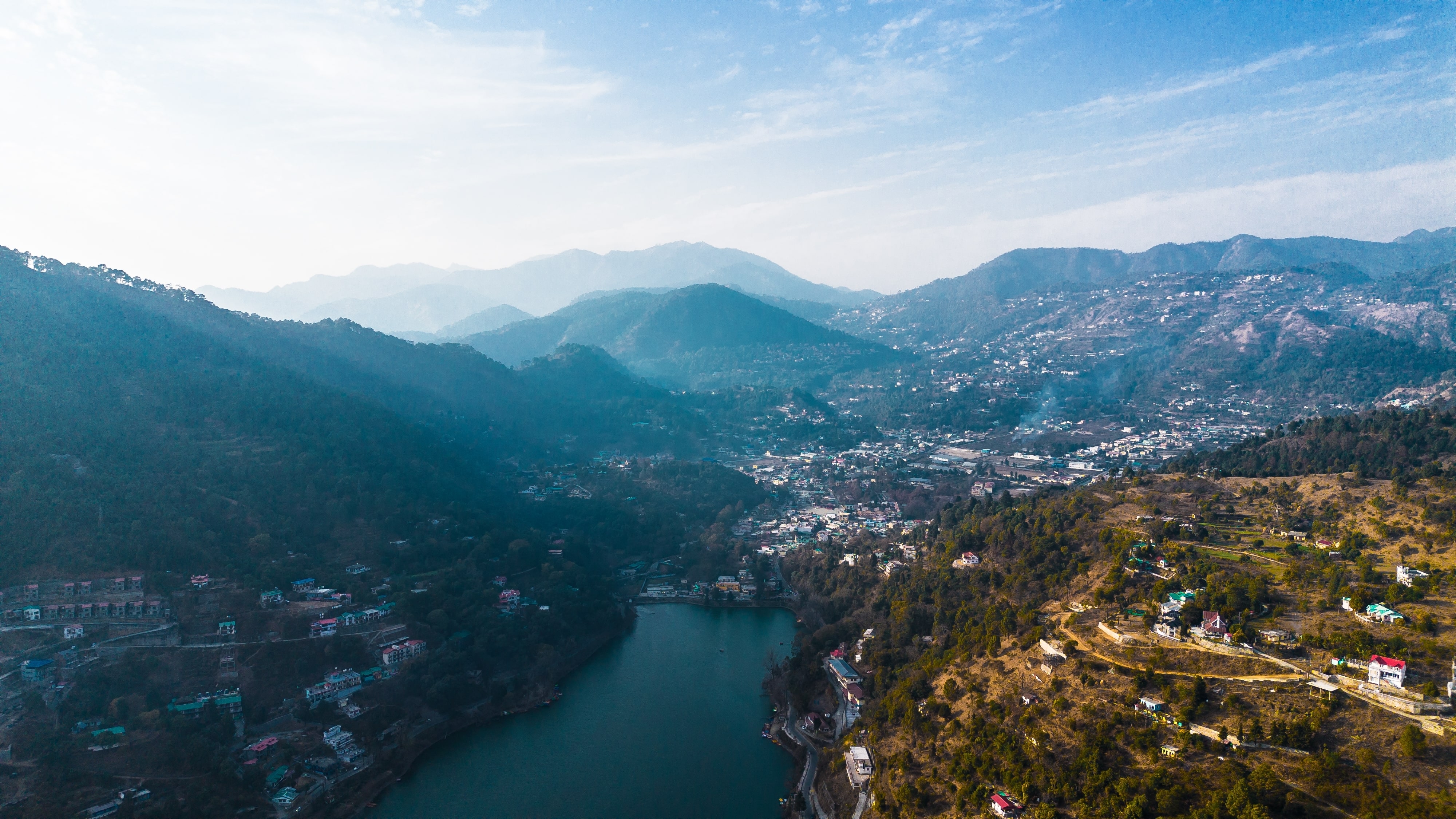Rann of Kutch – Home of flamingos in India
India’s vast expanse of land is populated with an unending array of treasures that contribute to the country being one of the most diverse in the world. The raw beauty and number of unexplored regions have the potential to leave even the well-travelled people amazed. One such gem, the Great Rann of Kutch, along with the Little Rann of Kutch, are situated between the Gulf of Kutch and the mouth of the Indus River in southern Pakistan. One of the largest salt deserts in the world, The Great Rann of Kutch spans across an area of more than 7500 square kilometres.
So what makes this place special? If the large expanse of salt isn’t enough to impress, then surely gigantic flocks of flamingos that pay a visit to this site every year, will catch your eye
This photo “Total Foodies” @Flickr from Sankara Subramanian
made available under an Attribution license.
Flamingos take their name from the Spanish word flamenco meaning “flesh-cloured”. An alternative theory suggests that flamingos get their name from the Latin word for flame, flamma. Whatever the origin, these flesh-coloured birds, do look like a burst of flame when they take off in their gigantic flocks. The flamingo was also considered as the living representation of Ra, the sun god, by the ancient Egyptians and has been a prominent part of many paintings and pictorial depictions for many centuries.
The Rann of Kutch happens to be the only place India where one can witness the sight of flamingos laying eggs and raising their young chicks. Come winter every year, and the water around the Rann of Kutch turns an exquisite shade of pink with the reflection of all the flamingos heading for their nests.
The Rann of Kutch is a bird watcher’s paradise, with people from different parts of the world travelling to this corner of Gujarat to witness the grand sight of countless Flamingos swooping down in the winter. Surely, a destination to add to your bucket-list!


